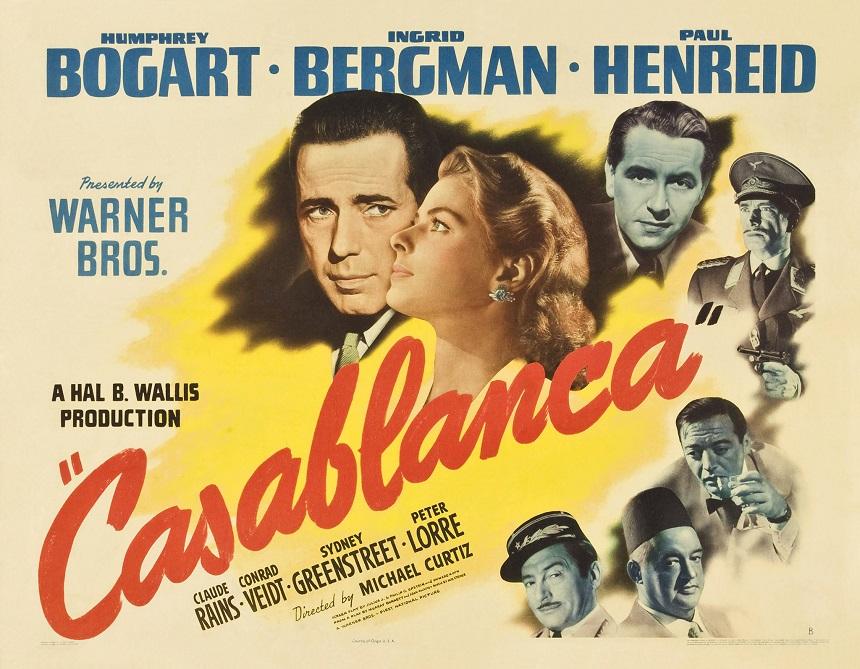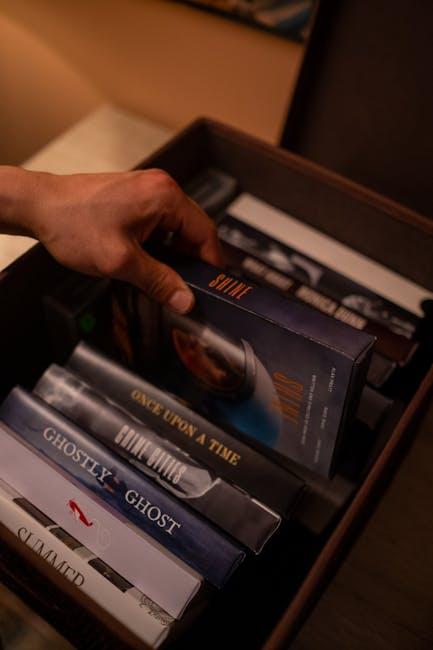In the ever-evolving landscape of cultural discourse, the question of whether classic films with outdated views should be celebrated has sparked intense debate. As society progresses, these cinematic relics are often scrutinized through a contemporary lens, revealing portrayals and themes that clash with modern values. Yet, these films also serve as historical artifacts, offering insight into the societal norms and artistic expressions of their time. This article delves into the complexities of honoring such films, weighing their artistic merit against the potential perpetuation of obsolete ideologies, and explores whether they can be appreciated without endorsing the prejudices they may depict.
Cultural Legacy Versus Modern Values: A Complex Dilemma
Navigating the tension between cultural legacy and modern values presents a nuanced challenge. Classic films often reflect the norms and attitudes of their time, which can clash with today’s more progressive views. Acknowledging their historical significance is essential, as these films offer a lens into the past, providing insight into societal evolution. Yet, this appreciation must be balanced with a critical perspective that addresses the outdated views they may perpetuate.
Consider the following aspects:
- Historical Context: Recognize the era’s social and cultural dynamics without endorsing them.
- Educational Value: Use these films as tools to spark discussions about how far we’ve come and where we still need to go.
- Artistic Merit: Celebrate technical achievements and storytelling while acknowledging problematic elements.
The dilemma lies in whether to separate art from artist or to hold them accountable by today’s standards. A balanced approach—one that respects historical context while promoting current values—may offer a way forward.
Understanding Historical Context: The Key to Appreciating Classic Films
To truly appreciate classic films, one must delve into the historical context in which they were created. These films are products of their time, often reflecting the social norms, cultural values, and prevailing attitudes of the era. Understanding this backdrop allows viewers to recognize the significance of these works beyond their surface-level narratives. It’s important to acknowledge that while some classic films may contain outdated views, they also offer invaluable insights into the past. By examining these films through a historical lens, we can discern the evolution of societal perspectives and appreciate the progress that has been made over time.
Consider the following when engaging with classic cinema:
- Cultural Reflection: Films often mirror the beliefs and issues prevalent during their creation, offering a snapshot of history.
- Evolution of Artistry: Observing changes in filmmaking techniques and storytelling methods can enhance appreciation for modern cinema.
- Dialogue and Discussion: Engaging with these films can spark conversations about how society has changed and where it still needs to grow.
In embracing these aspects, viewers can celebrate the artistic achievements of classic films while critically engaging with their content.

Balancing Celebration and Critique: Navigating Outdated Narratives
When engaging with classic films, it’s essential to recognize the dual role they play in both entertainment and cultural reflection. These films often encapsulate the prevailing attitudes and norms of their time, some of which may be jarringly outdated today. Balancing celebration with critique involves a nuanced approach:
- Historical Context: Acknowledge the era in which the film was made. This context is crucial for understanding why certain narratives were accepted or promoted.
- Artistic Merit: Appreciate the technical achievements and storytelling prowess, while remaining critical of the themes that no longer align with contemporary values.
- Educational Opportunity: Use these films as a starting point for discussions on how societal views have evolved, encouraging critical thinking and dialogue.
- Inclusive Narratives: Highlight and support works that offer diverse perspectives, creating a more comprehensive film canon.
By thoughtfully engaging with these films, we can honor their place in cinematic history while advocating for progress and inclusivity in the narratives we celebrate today.

Recommendations for Responsible Viewing: A Guide for Modern Audiences
In navigating the complex terrain of classic films, modern audiences can engage in responsible viewing by adopting a few key strategies. Firstly, it’s crucial to contextualize these works within their historical backdrop. This involves recognizing the social norms and values of the time when the film was produced, which can provide insight into its portrayal of certain themes. By doing so, viewers can appreciate the artistic merit while critically analyzing its outdated perspectives.
Additionally, audiences should be encouraged to diversify their viewing habits. This means exploring a range of films that offer various cultural and societal viewpoints, both past and present. Embracing this diversity not only broadens understanding but also enriches the cinematic experience. Consider these approaches:
- Engage in discussions with others to explore different interpretations and insights.
- Seek supplementary material such as documentaries or essays that offer critiques or alternative views.
- Support modern films that challenge outdated norms and offer fresh perspectives.
By adopting these practices, viewers can celebrate classic films thoughtfully, acknowledging their contributions to cinema while remaining critical of their limitations.

